Scottish Deerhound vs. Russian Toy: Breed Differences and Similarities
Weight Gain Potential
Which breed eats more: Scottish Deerhound or Russian Toy?
Scottish Deerhound has high obesity risk, needs regular exercise and food control to maintain healthy weight.
Russian Toy has average risk of obesity, needs daily walks and quality diet to maintain healthy weight.
Hypoallergenic
Are Scottish Deerhounds or Russian Toys hypoallergenic, or neither?
Unfortunately, neither Scottish Deerhound nor Russian Toy are hypoallergenic, which may not make them the best choice for dog lovers who suffer from pet allergies.
Temperament
What are the personalities of Scottish Deerhound and Russian Toy dogs?
Dignified
Friendly
Polite
Docile
Gentle
Still
Active
Loyal
Protective
Cheerful
Playful
Shedding Level
Do Scottish Deerhounds shed more than Russian Toys, or which breed sheds more, Scottish Deerhounds or Russian Toys?
Scottish Deerhounds are moderate shedders, but regular brushing can reduce shedding and maintain coat health.
Russian Toys are low shedding dogs, requiring minimal coat care.
Watchdog Ability
Which dog breed makes a better watchdog, the Scottish Deerhound or Russian Toy?
Avoid Scottish Deerhounds as watchdogs - they're not effective.
Russian Toys are decent watchdogs - they'll alert their owner if something seems amiss.
Origin
What is the origin of Scottish Deerhound and Russian Toy dog breeds?
Scotland
Russia
Ancestry
What are the origins of Scottish Deerhound and Russian Toy breeds?
sighthound, greyhound
English Toy Terrier, Toy Spaniel
Breed recognition
Which kennel clubs recognize/register Scottish Deerhound and Russian Toy?
American Canine Registry
American Kennel Club
America's Pet Registry
Canadian Kennel Club
Dog Registry of America Inc.
Federation Cynologique Internationale
Kennel Club of Great Britain
North American Purebred Registry, Inc.
American Canine Association, Inc.
Australian National Kennel Council
Continental Kennel Club
National Kennel Club
New Zealand Kennel Club
United Kennel Club
Canadian Kennel Club
Dog Registry of America Inc.
Federation Cynologique Internationale
Foundation Stock Service
North American Purebred Registry, Inc.
American Canine Association, Inc.
Date of Birth
When were Scottish Deerhound and Russian Toy breeds first developed?
middle ages
20th Century
Breed Group
What is the Breed Group of Scottish Deerhound and Russian Toy?
Hound (AKC:1886)
Sighthounds & Pariahs (UKC)
Companion Dog (UKC)
Eye Color Possibilites
What are the eye colors of Scottish Deerhound and Russian Toy dogs?
Hazel
Brown
Brown
Nose Color Possibilites
What are the natural nose colors of Scottish Deerhound and Russian Toy?
Blue
Black
Black
Coat Color Possibilites
What are the natural colors of the coat for Scottish Deerhound and Russian Toy breeds?
Fawn
Brindle
Red
Blue
Gray
Black
Blue
Brown
Red
Sable
Coat Length
What is the typical coat length for Scottish Deerhound and Russian Toy breeds?
Scottish Deerhounds have medium-length coats.
Russian Toys have longer coats compared to most dogs.
Coat Density
What is the density of the coat of Scottish Deerhound and Russian Toy?
Coat Texture
What is the hair texture of Scottish Deerhound and Russian Toy?
Wiry
Straight
Litter Size
What is the usual litter size for Scottish Deerhound and Russian Toy?
A Scottish Deerhound can have a litter of 8-10 puppies on average. However, it's worth noting that the size of the litters can vary greatly. Factors that can influence litter size include the health of the mother, breeding history, and genetics.
A Russian Toy can have a litter of 11-13 puppies on average. However, it's worth noting that the size of the litters can vary greatly. Factors that can influence litter size include the health of the mother, breeding history, and genetics.
Adaptability
Scottish Deerhounds have average adaptability to changes in lifestyle and living environments compared to other breeds.
Russian Toys are known for their adaptability and can adjust well to different environments and lifestyle changes.
Health Issues
Between Scottish Deerhound and Russian Toy, which breed is more prone to health problems?
The Scottish Deerhound breed is generally very healthy, requiring minimal vet visits. Still, it's important to keep an eye on their health and seek veterinary care when needed.
Russian Toys are susceptible to health issues like all breeds, so it's important to monitor their health and seek veterinary care when needed.
Major Concerns
What are the major health concerns for Scottish Deerhound and Russian Toy breeds?
Gastric Torsion
Osteosarcoma
Anesthesia Sensitivity/Allergy
Patellar Luxation
Minor Concerns
What minor health issues should be kept in mind when owning Scottish Deerhound and Russian Toy?
Cardiomyopathy
Allergies
Heart Conditions
Occasional Tests
What occasional tests are recommended for Scottish Deerhound and Russian Toy breeds?
Cardiac
Blood Test
X-Rays
Physical Examination
Allergy Tests
OFA
Physical Examination
Cardiac Test
Energy
How do the energy levels of Scottish Deerhounds and Russian Toys compare?
Scottish Deerhound and Russian Toy breeds are high-energy dogs, thus an active lifestyle suits them well.
Social Needs
Scottish Deerhound vs Russian Toy social needs comparison
Scottish Deerhound has very high social needs and requires regular mental and physical stimulation, a job or purpose, and companionship.
Russian Toy has above average social needs and thrives with interaction with humans and other dogs.
Exercise Needed
Scottish Deerhound vs Russian Toy exercise need comparison.
The Scottish Deerhound and Russian Toy breeds require a moderate amount of physical activity to maintain a healthy lifestyle. They are ideal for people who have a moderate amount of time to devote to their pets and enjoy regular physical activity themselves. They also make great family pets as they have the energy to keep up with children and the temperament to be great companions.
Sleeping Need
Which of the two sleeps the most/least: Scottish Deerhound or Russian Toy?
Scottish Deerhound and Russian Toy are active dogs that may not require as much sleep as other breeds. However, they still need enough sleep to stay healthy.
Drooling Tendency
Which drools more/less, Scottish Deerhound or Russian Toy?
Scottish Deerhound minimally drools, ideal for those who dislike drool marks on clothing.
Russian Toy is an average drooler, monitor for excessive drooling which may indicate health issues.
Tendency to Bark
Do Scottish Deerhounds or Russian Toys bark more/less frequently?
Scottish Deerhounds are typically quiet and only bark when needed, such as to alert their owner or when in distress.
The Russian Toy is a vocal breed that frequently barks and howls, and may not be suitable for those seeking a quiet companion.
Territorial
Is the Scottish Deerhound or Russian Toy a better guard dog?
Scottish Deerhound dogs are not typically good guard dogs due to their lack of protective nature and weak territorial drive.
While Russian Toy dogs can defend their territory or owners, it's not their primary trait, and they are not ideal guard dogs.
Mouthiness
Mouthiness Comparison: Scottish Deerhound vs Russian Toy?
Roaming urge
Scottish Deerhound vs Labrador: Running away tendency?
Prey Drive
Scottish Deerhound or Russian Toy - which breed has a higher level of prey drive?
Activity Level
Which breed has higher energy, Scottish Deerhounds or Russian Toys?
Both Scottish Deerhound and Russian Toy are medium-energy dogs that enjoy socializing and playing with other dogs. They may engage in casual or sustained games of chase, and occasionally have bursts of barking or racing around the house.
Tolerance of being left alone
Walks per Week
How many miles should Scottish Deerhound or Russian Toy walk each week?
There's really no limit to how far you walk your dog as long as they're comfortable. For Scottish Deerhound, it's at least 9 miles / week. Just remember to build distance and stamina gradually over time.
There's really no limit to how far you walk your dog as long as they're comfortable. For Russian Toy, it's at least 6 miles / week. Just remember to build distance and stamina gradually over time.
Activity per Day
Do Scottish Deerhounds or Russian Toys require more exercise?
In general most Scottish Deerhounds usually need at least 60 minutes of exercise daily. This can be spread across the day and include all sorts of high-energy activities, like walking, running and playing.
In general most Russian Toys usually need at least 30 minutes of exercise daily. This can be spread across the day and include all sorts of high-energy activities, like walking, running and playing.
Grooming
Which breed is easier to maintain in terms of grooming, Scottish Deerhounds or Russian Toys?
Scottish Deerhound and Russian Toy are breeds of dogs that are known for their low grooming needs.
Brushing Frequency
What is the recommended brushing frequency for Scottish Deerhound and Russian Toy dogs?
Scottish Deerhound should be brushed at least once a week. Of course you can give them more frequent brushes if you find that they are still shedding a lot
Ideally, Russian Toy should be brushed at least 2 or 3 times a week (preferably daily) improve shedding.
Brushing Tools
What brushing tools are used for Scottish Deerhounds and Russian Toys?
Comb
Deshedder
Scissors
Nail Clipper
Slicker Brush
Comb
Scissors
Nail Clipper
Cups
How much food should be given to Scottish Deerhound or Russian Toy in cups?
For an average 85-110 pound (39 - 50 kg) Scottish Deerhound feed 3.8 cups daily. But, keep in mind, the amount you feed is going to be dependent on the quality of the food you are feeding.
For an average 3-6 pound (1 - 3 kg) Russian Toy feed 0.5 cups daily. But, keep in mind, the amount you feed is going to be dependent on the quality of the food you are feeding.
Daily Cost
Which breed has a higher daily cost, Scottish Deerhound or Russian Toy?
The average cost of a Scottish Deerhound is somewhere $3.90 - $4.20 per day.
The average cost of a Russian Toy is somewhere $1.10 - $1.40 per day.
Monthly Cost
Which breed has a higher monthly cost, Scottish Deerhound or Russian Toy?
The average per month expenses of a Scottish Deerhound is between $112 - $126. This makes an average of $1344 - $1512 per year. It will be on the higher side when the dog is still small because it will need more frequent visits to the vet, shots.
The average per month expenses of a Russian Toy is between $28 - $42. This makes an average of $336 - $504 per year. It will be on the higher side when the dog is still small because it will need more frequent visits to the vet, shots.
Intelligence
Comparing Intelligence: Scottish Deerhounds vs Russian Toys
Scottish Deerhound and Russian Toy have average obedience intelligence, but they're also independent thinkers. This breed is known for having an exceptionally high IQ, which means they may get into trouble if left to their own devices.
Sensitivity Level
How do Scottish Deerhound and Russian Toy compare in sensitivity?
Scottish Deerhounds have average emotions and adapt well to different situations.
This breed is sensitive and requires gentle handling and a calm home environment.
Affection Dependance
Which is the more affectionate dog breed: Scottish Deerhound vs Russian Toy?
Apartment Friendly
Which breed is more apartment-friendly: Scottish Deerhound or Russian Toy?
Scottish Deerhounds make excellent apartment dogs, being fairly active indoors and not requiring a yard.
The Russian Toy is a great apartment dog, thriving with sufficient exercise and time outside as part of their daily routine.
Child Friendly
Do Scottish Deerhounds or Russian Toys have a friendlier temperament towards children?
Scottish Deerhounds make excellent family pets for kids due to their gentle, protective nature and calm temperament.
Russian Toys are good with kids if socialized and trained from a young age.
Senior-friendly
Which dog is more suitable as a pet for the elderly - Scottish Deerhound or Russian Toy?
Cat Friendly
Do Scottish Deerhound or Russian Toy breeds have a better compatibility with cats?
Scottish Deerhounds are somewhat cat friendly and can be trained to get along with cats.
Russian Toys are average in their friendliness toward cats and tend to do well with them, especially if raised together.
Dog Friendly
Which breed is more sociable with other dogs: Scottish Deerhound or Russian Toy?
Scottish Deerhounds are generally very friendly towards other dogs, with a happy and affectionate temperament.
Russian Toys are average in their friendliness towards other dogs, and socialization can help.
Pet friendly
How do Scottish Deerhound or Russian Toy dogs interact with other pets?
Stranger Friendly
Which breed is more friendly with strangers: Scottish Deerhound or Russian Toy?
Scottish Deerhounds are highly friendly around strangers.
Russian Toys are averagely friendly around strangers but benefit from early socialisation.
Playfulness
Which breed is more playful between Scottish Deerhound and Russian Toy?
Scottish Deerhounds have an average level of playfulness, enjoying playtime like most dogs but not excessively so.
Russian Toys are a playful breed that needs daily playtime to be happy.
Trainability
How do the trainability levels of Scottish Deerhounds and Russian Toys compare?
Scottish Deerhound and Russian Toy dogs are usually easy to train, but may require consistency to fully obey commands.
Compare Scottish Deerhound with other breeds
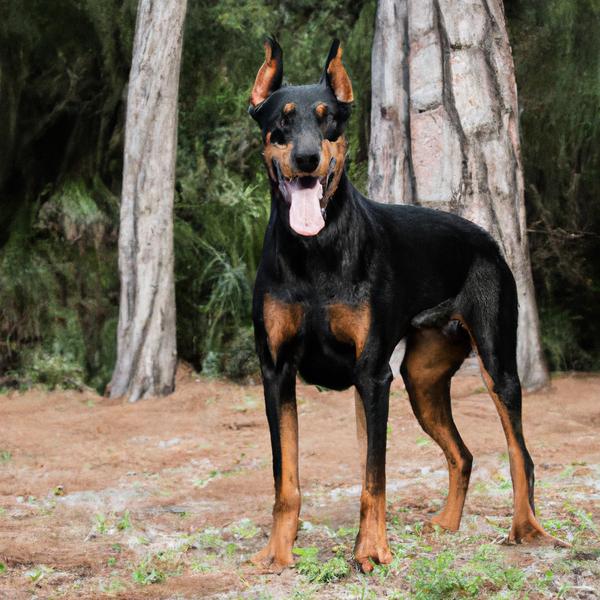
Doberman Shepherd
Scottish Deerhound vs Doberman Shepherd
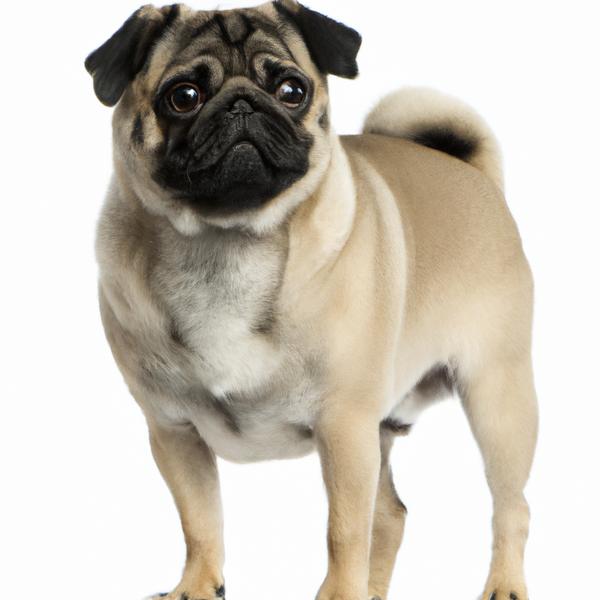
Pugese
Scottish Deerhound vs Pugese
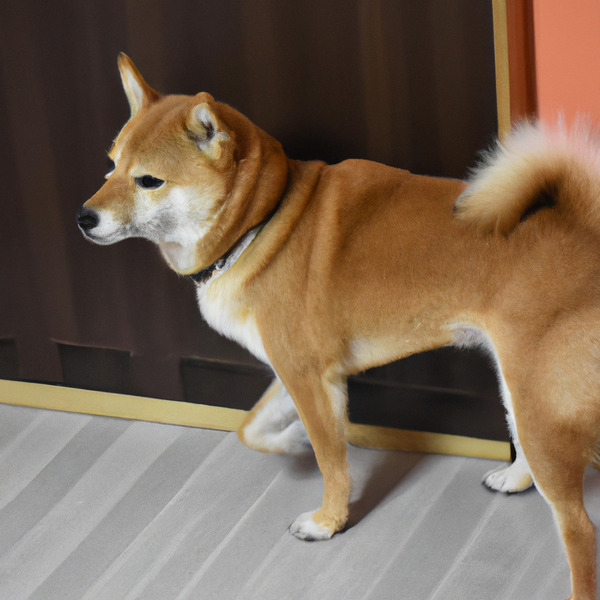
Shiba Inu
Scottish Deerhound vs Shiba Inu
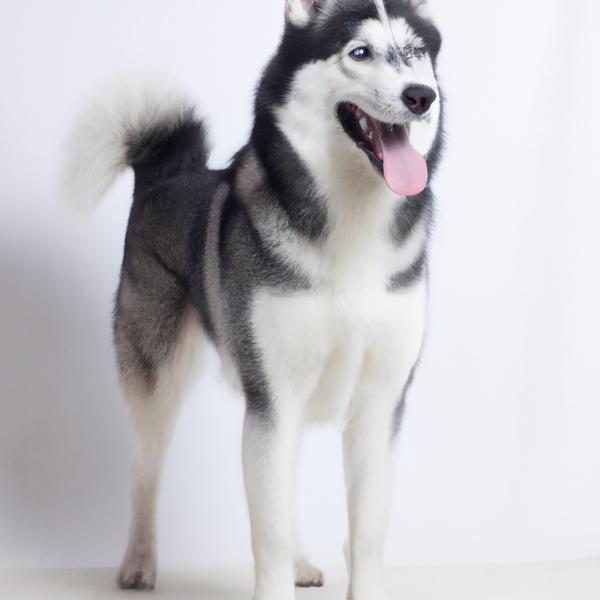
Husker
Scottish Deerhound vs Husker
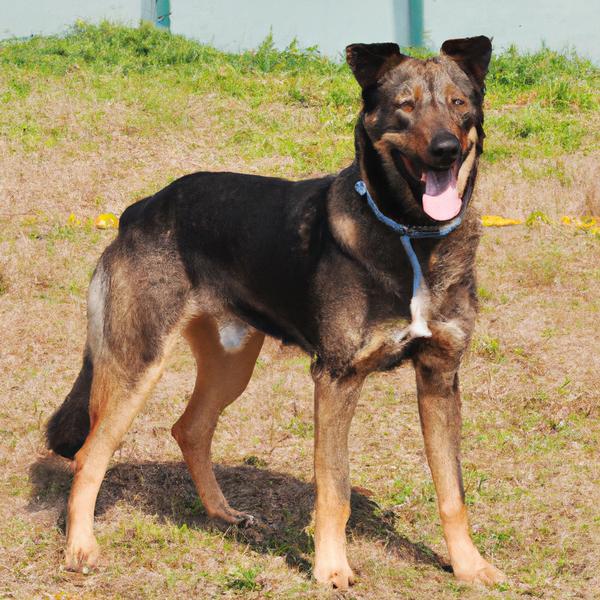
Cattle Shepherd
Scottish Deerhound vs Cattle Shepherd
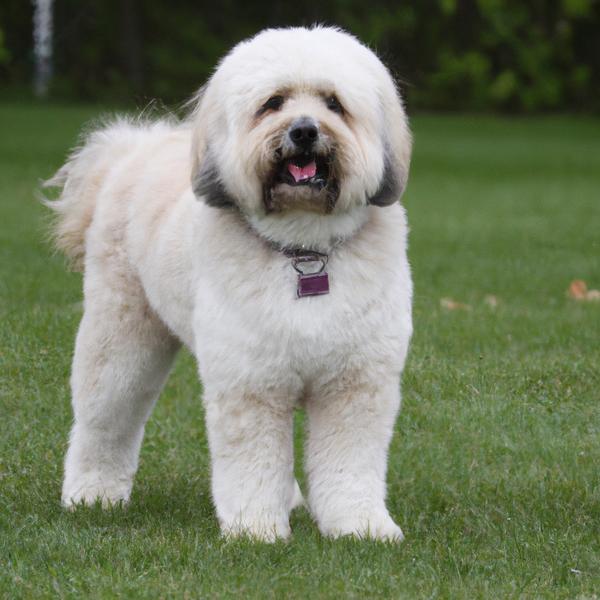
Siberpoo
Scottish Deerhound vs Siberpoo
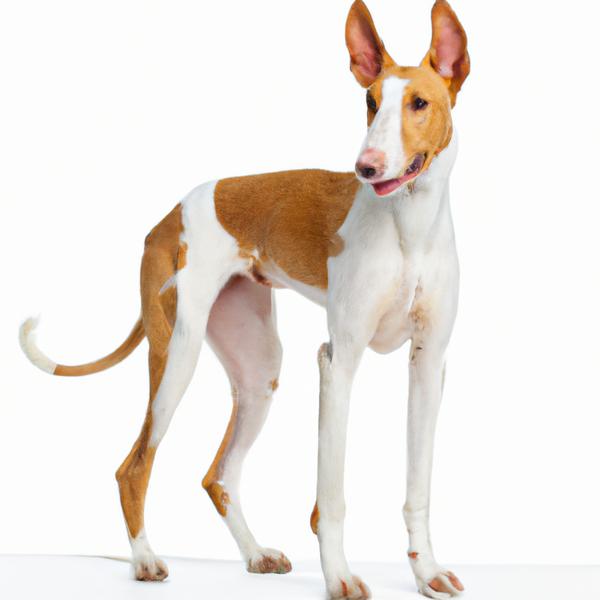
Ibizan Hound
Scottish Deerhound vs Ibizan Hound
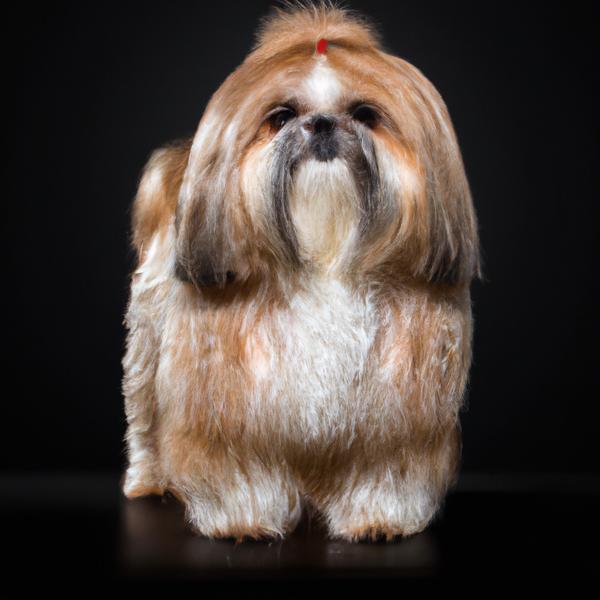
Silky Tzu
Scottish Deerhound vs Silky Tzu
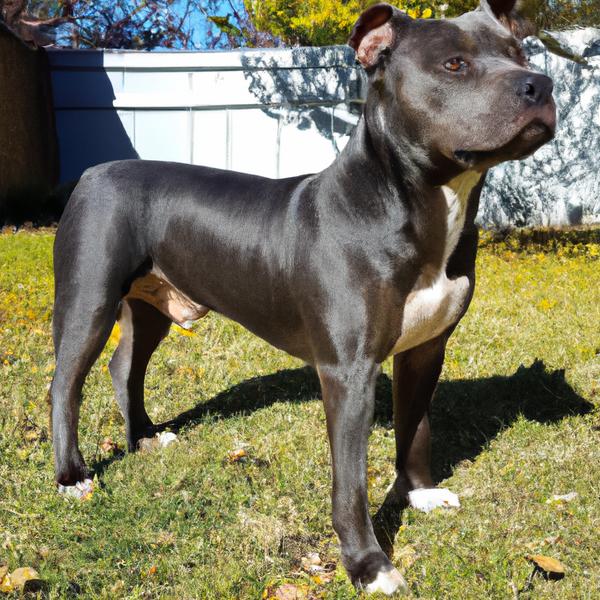
Bullypit
Scottish Deerhound vs Bullypit

Cocker Pug
Scottish Deerhound vs Cocker Pug
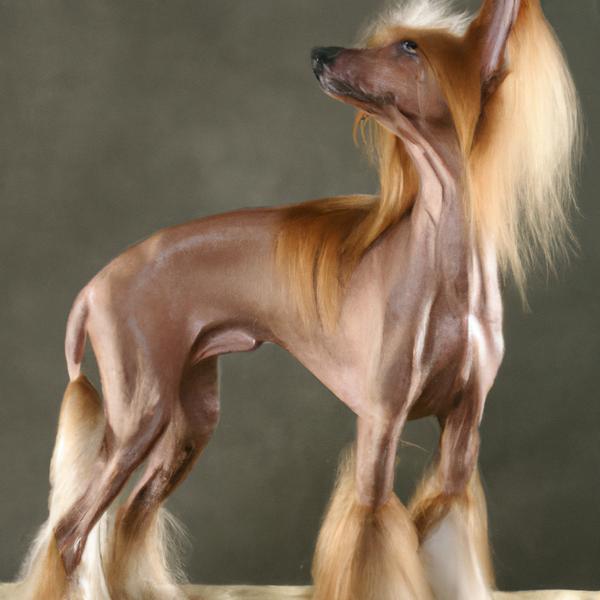
Crestoxie
Scottish Deerhound vs Crestoxie
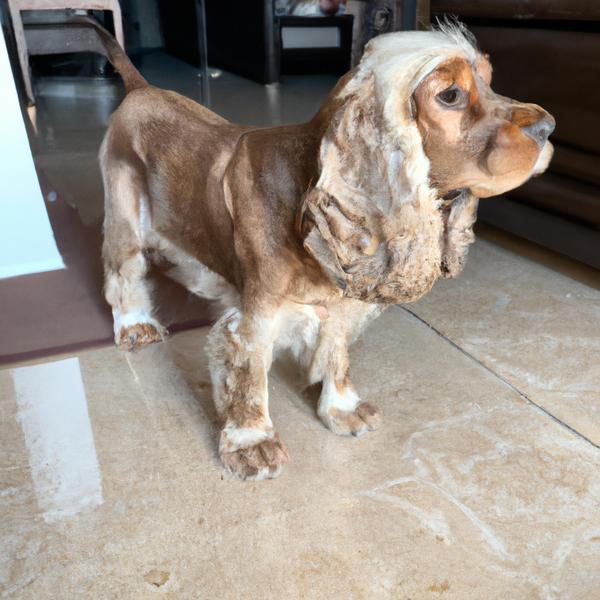
Mini English Cocker
Scottish Deerhound vs Mini English Cocker

